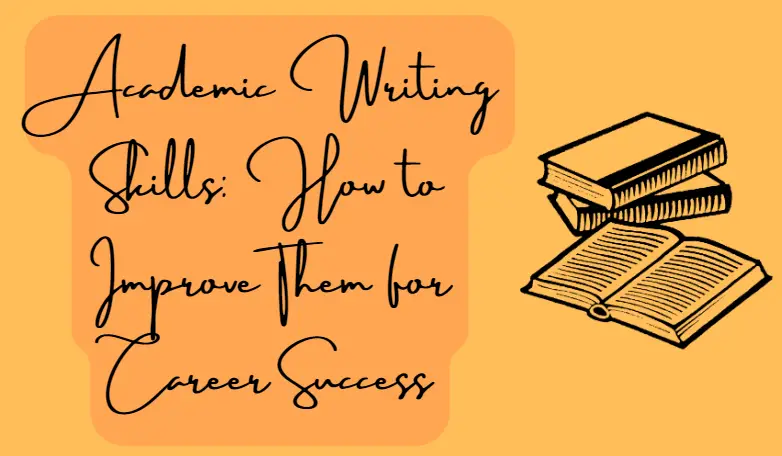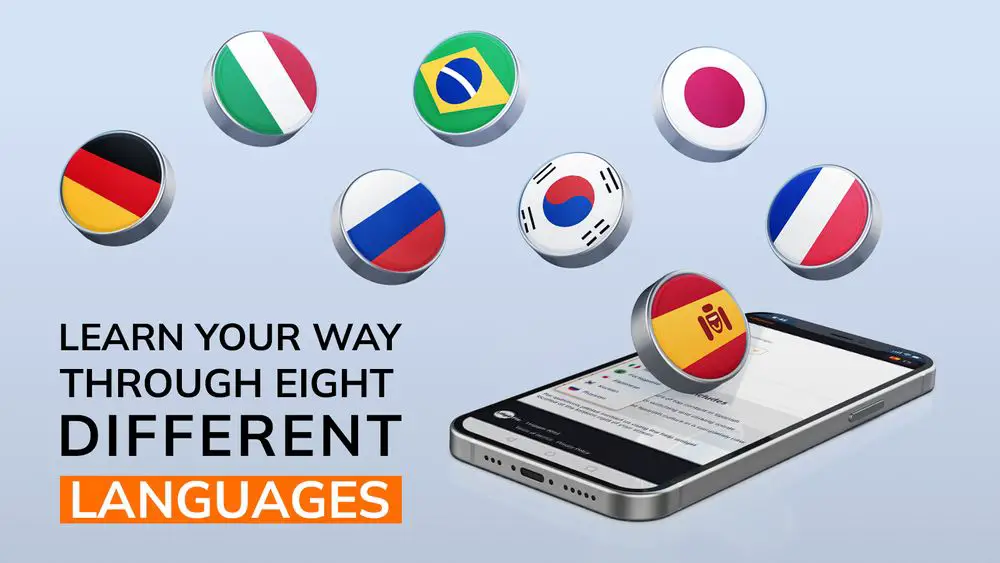Tired of struggling with language barriers when trying to communicate with others from different corners of the world? Honestly speaking, you aren’t alone. Many others face a similar condition.
What if I tell you there is an advanced technology that can help you break all language barriers? Yes, I’m talking about Optical Character Recognition (OCR) technology – the perfect solution to break down barriers & facilitate seamless communication across all languages.
How does this powerful technology accomplish this task?
Panic not because I’m going to unveil how OCR tools streamline the way we interact with multiple languages. What are you waiting for? Jump right into this guide & discover the full potential of this technology.
What is OCR Technology?
Didn’t you know what OCR technology is? No worries! I’m going to explain it to you in simple words. It is a specific technology that lets you convert images, screenshots, & PDFs into editable & searchable formats.
It uses advanced algorithms & machine learning capabilities to recognize characters within these digital documents & convert them into digital text that can be edited & saved.
How This Technology Breaks Language Barriers
OCR tools have streamlined how we interact with written text across multiple languages. Here is how these tools do so:
- Language Agnosticism
One of the top things about OCR tools is that you can easily understand texts in multiple languages. They have the capability to comprehend text in different languages. An image to text converter tool uses smart OCR technology to handle all types of an image, be it JPG, PNG, or any other format.
Have you ever come across a document in a strange language & have no clue what it says? Are you struggling with translating something you snapped a picture of? Well, there is a solution out there. A JPG to Word converter can be a lifesaver in any of these two situations because it handles all kinds of writing styles & characters. It uses Optical Character Recognition (OCR) technology to read text from images.
So, whether you’re stuck with a document in Chinese, Arabic, or Turkish, you name it – the converter can turn that image into editable text instantly. All you have to do is upload the picture & the converter does its magic. No more deciphering weird symbols or spending hours on translation apps.
This language-neutral approach of the tool brings about a new era of accessibility. In this way, it breaks down language barriers & connects people from all fields of life.
- Multilingual Support
Some image to word converters offer advanced features that let you convert the extracted text from images & translate them into another language. In this way, it overcomes language barriers so that you can easily understand the foreign language text in your own words. By utilizing these translation capabilities, you can surpass linguistic limitations & gain access to a vast amount of information. This approach promotes cross-cultural understanding & facilitates global collaboration.
Guess what? OCR tools can help you greatly benefit businesses operating in international markets. They can help you translate documents, and contracts, & communicate with clients in other regions of the world. In this way, you can streamline processes & improve communication levels.
Additionally, these OCR tools can also give a helping hand to students, professionals, & researchers in their respective fields. This way, they can overcome language barriers.
- Accessibility
OCR tools have the capability to take printed or handwritten text & turn it into digital format in a matter of seconds. In this way, they make digital text accessible to everyone. One of the best things about this technology is that it gives a helping hand to people who are visually impaired.
By benefitting from text to speech tools, visually impaired people can access & understand written materials that would have been difficult to read before. This means that they can easily read everything from printed documents to digital screens.
No matter what language or dialect you come across, OCR tools are here to help you understand & translate text effortlessly & efficiently. This feature of the tool makes it easier to understand languages.
Simply put, OCR tools make information more accessible to everyone, regardless of your abilities & language skills.
- Global Communication
OCR tools play a significant role in breaking down language barriers & promoting seamless communication. Thanks to smart algorithms & image processing techniques, these tools accurately help people across the globe to understand each other.
No matter where are from, whether you live in a big city or a small town, OCR technology is here to bridge the gap between languages. Whether you are negotiating a business deal or studying abroad, these tools are your sidekicks. With these tools’ assistance, language barriers are no longer a matter of concern.
- Efficiency & Productivity
Efficiency & productivity are key & OCR tools lead to charge in these areas. They can handle multilingual documents like a piece of cake & change the way how people & businesses deal with text.
Now, you no longer need to transcribe text manually. OCR tools can help you handle multilingual documents easily. They allow you to extract text from images instantly with exceptional accuracy. The OCR technology is shaking up several industries like healthcare & finance by cutting down the time & resources needed for document processing.
The Future of Communication
OCR tools are changing the way we communicate across languages & breaking down barriers that once stood in the way of seamless communication. As technology continues to progress, the possibilities are limitless. Why struggle with language barriers when you have OCR tools in hand? So, embrace the power of these tools & enjoy barrier-free communication.
Wrapping Up
Are you ready to revolutionize the way you communicate across languages? OCR tools are changing the way we communicate with each other. Thanks to technological advancements, the future of OCR tools is looking very bright. So why not benefit from this technology?

